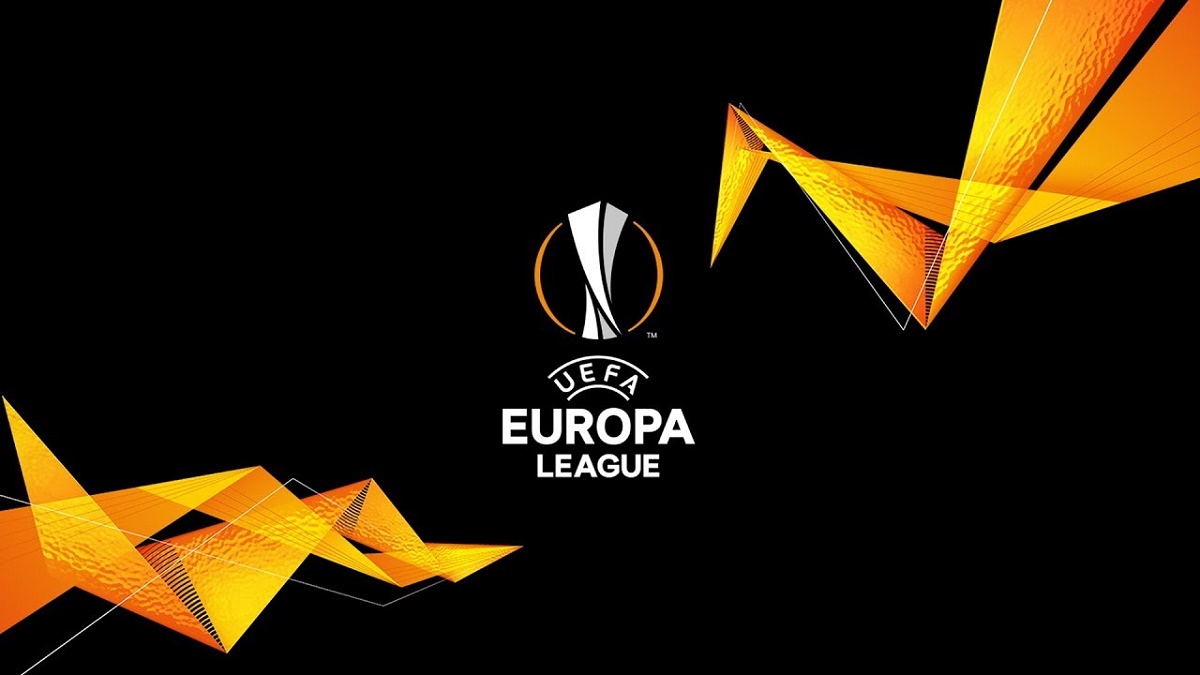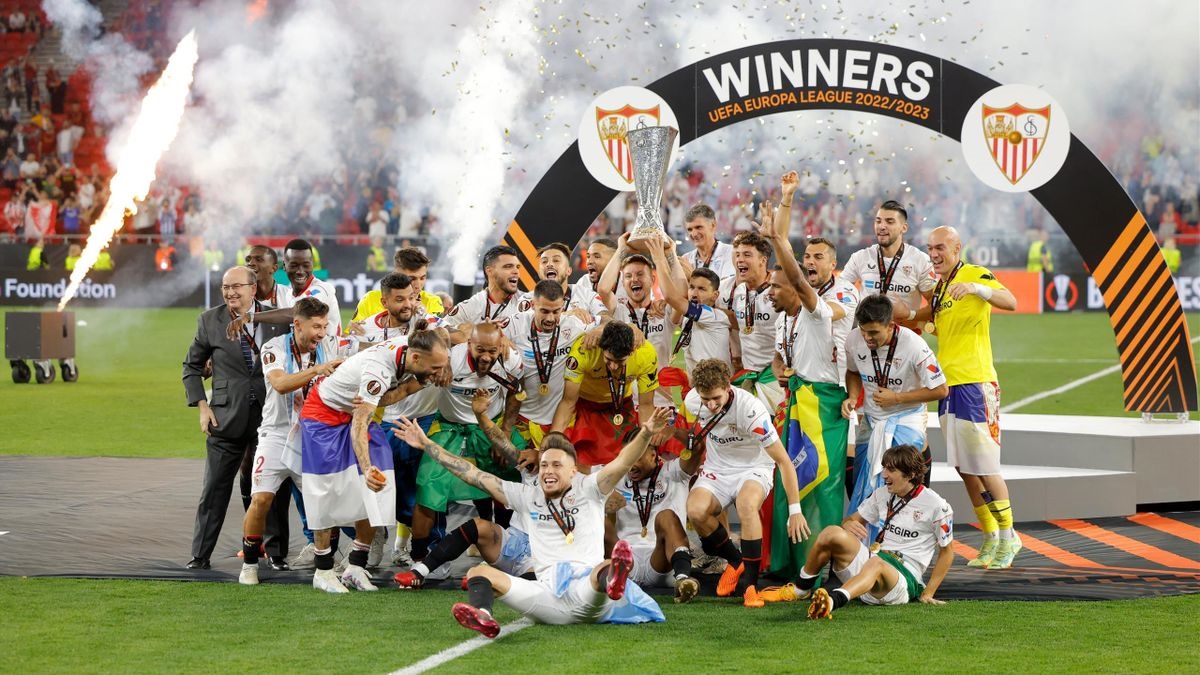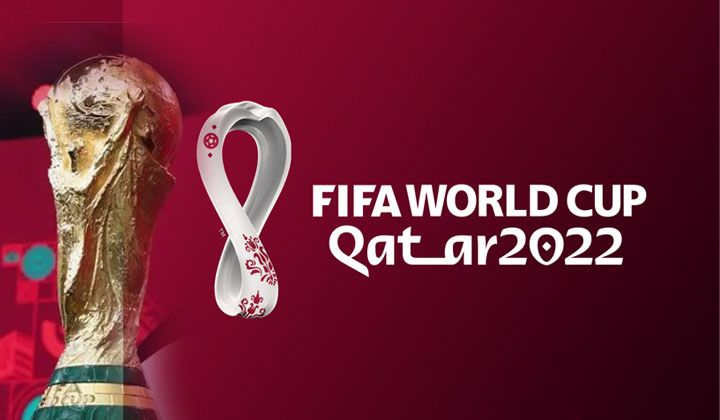UEFA Europa League: Unveiling the Drama and Glory

Introduction to UEFA Europa League
The UEFA Europa League is an annual football club competition organized by UEFA since 1971 for eligible European football clubs. Clubs qualify for the competition based on their performance in their national leagues and cup competitions. It is the second-tier competition of European club football, ranking below the UEFA Champions League.
History and Evolution
Originally called the UEFA Cup, the competition has evolved significantly since its inception. It began as a pure knockout tournament for teams that had not qualified for the European Cup, now known as the Champions League. Over the years, the format has seen several changes, including group stages and a rebranding in 2009 to the UEFA Europa League.
Format and Structure of UEFA Europa League
The UEFA Europa League’s structure consists of a qualifying phase, group stage, knockout phase, and the final. Teams from all over Europe, based on their domestic league and cup performances, compete in several rounds of qualifications to reach the group stage. The group stage consists of 48 teams divided into 12 groups, with the top two from each group advancing to the knockout phase. The competition culminates in a single final match to determine the champion.
Significant Finals and Memorable Moments of UEFA Europa League

The Europa League has been the stage for many of football’s most thrilling and dramatic moments. From last-minute winners to underdog triumphs, the competition has a rich history of exciting finals. Clubs like Sevilla FC have become synonymous with the tournament, showcasing the level of competition and excitement it brings.
Impact on Clubs and Players
Participation in the Europa League provides clubs with significant benefits, including financial rewards, increased exposure, and the opportunity to compete against European counterparts. For players, it offers a platform to showcase their skills on a larger stage and potentially attract attention from bigger clubs.
Fan Culture and Economic Impact
The Europa League significantly impacts fan culture, with supporters traveling across Europe to support their teams. Economically, it provides clubs with increased revenue from ticket sales, broadcasting rights, and sponsorships, contributing to the financial health of clubs.
Notable Teams and Players
Throughout its history, the Europa League has featured many of Europe’s top clubs and players. Teams like Sevilla, Inter Milan, Liverpool, and Atletico Madrid have left their mark on the competition. Similarly, players have used the Europa League as a platform to launch their careers to new heights.
Recent Changes and Developments
In recent years, UEFA has implemented changes to keep the competition attractive and competitive. This includes introducing a new conference league to ensure more clubs from more countries can participate in European competitions and changes in prize money distribution to make the competition more lucrative.
Comparison with Other European Competitions
While the UEFA Champions League is often seen as the pinnacle of European club football, the Europa League offers its own unique appeal and challenges. It provides a platform for clubs not competing at the very top of their domestic leagues to gain European experience and silverware.
Future of the UEFA Europa League
Looking ahead, the UEFA Europa League is set to continue evolving. Discussions around format changes, qualification criteria, and the competition’s place in the broader landscape of European football are ongoing. The future promises to bring more excitement and development to this beloved competition.
Conclusion
The UEFA Europa League represents an essential part of European football culture. With its rich history, unique format, and significant impact on clubs and players. It remains one of the most exciting and competitive tournaments in the world. As it continues to evolve, it will undoubtedly provide more memorable moments and thrilling football for fans around the globe.
![]()







One thought on “UEFA Europa League: Unveiling the Drama and Glory”